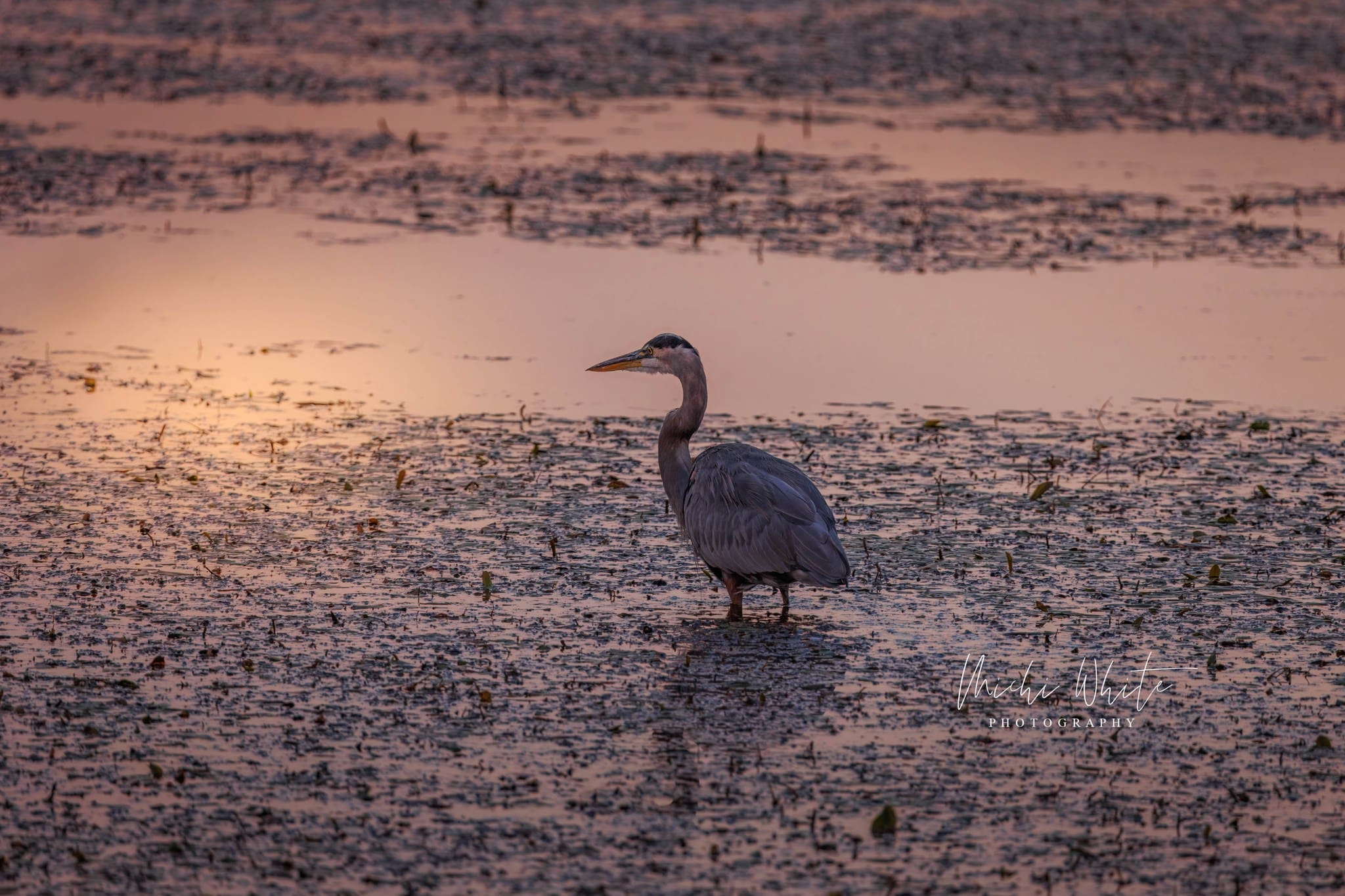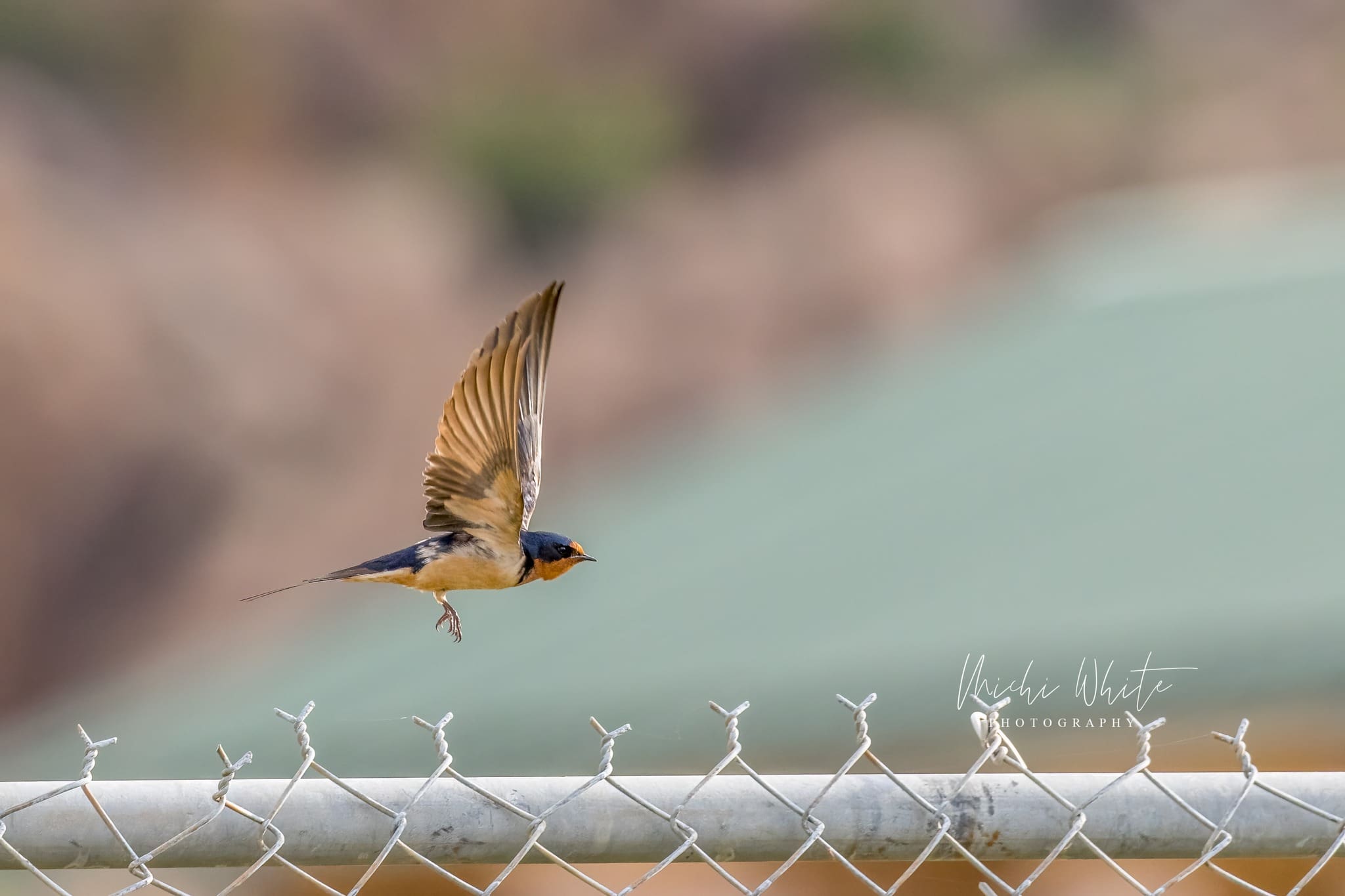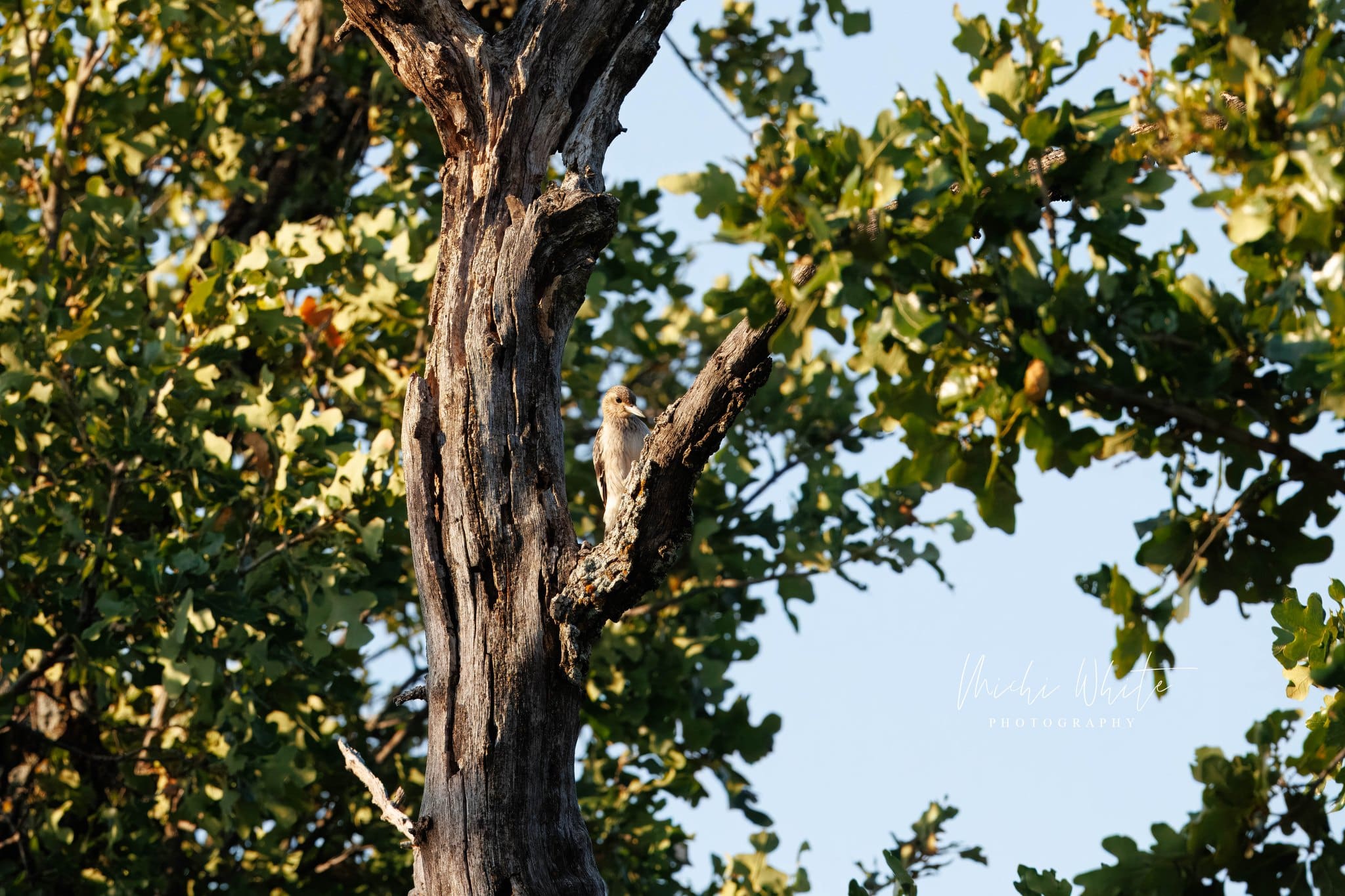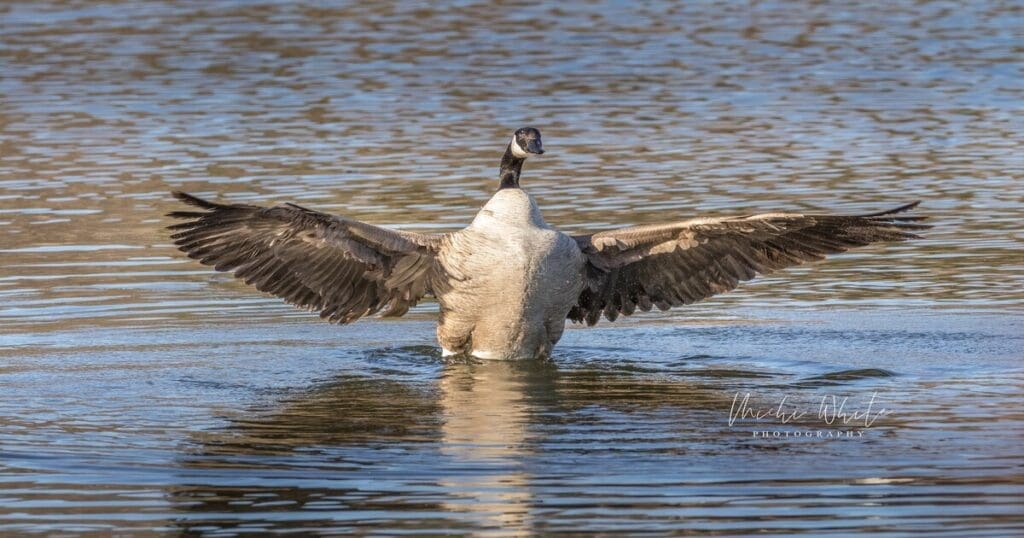The Wichita Mountains Wildlife Refuge is more than a scenic hiking and camping destination, it’s a haven for birdwatchers. With over 240 documented bird species, the refuge ranks among the premier birding spots in the Southern Plains. Whether you’re a casual observer or a dedicated birder with binoculars in hand, there’s always something fluttering through the trees, soaring overhead, or wading along the lakes.
From vibrant songbirds to powerful raptors and migratory waterfowl, birding in the Wichitas offers surprises year-round.

Why the Wichita Mountains Are a Birdwatcher’s Paradise
The refuge’s diverse habitats, from grasslands and oak woodlands to rocky outcrops and serene lakes, make it a year-round home or resting point for a wide variety of bird species. Located on the Central Flyway, the area sees significant migratory activity in both spring and fall.

Common Birds You’re Likely to See
- Hawks gliding high above rocky ridges
- Red-headed woodpeckers tapping on oak snags
- American kestrels perched along fence lines
- Burrowing owls near prairie dog colonies
- Mourning doves cooing in low branches
- Black-chinned hummingbirds flitting near flowering plants
- House sparrows around campgrounds and picnic areas
- Juvenile summer tanagers, bright and vocal during spring
- American barn swallows sweeping low over fields and water
For a complete list of birds observed in the area:
Birds of the Wichita Mountains



Top Birding Spots in the Refuge
Some areas are especially rich in bird activity. For the best chances of sightings, try these well-known spots:
1. Quanah Parker Lake
With its mix of open water, trees, and shoreline vegetation, this is a hotspot for ducks, wading birds, and songbirds.

2. French Lake Trail
This accessible loop is popular for hiking and birding. Look for woodpeckers, kingfishers, and flycatchers along the creek.

3. Environmental Education Center Area
The area surrounding the center often has posted sightings and is maintained as a wildlife observation zone, especially great for beginners and families.
When and How to Go Birding
- Early morning and late evening are the best times for bird activity
- Bring binoculars, a field guide or app, water, and patience
- Use a bird checklist to track sightings and learn species behavior
- Avoid sudden movements or loud noises
- Spring and fall migration periods (March–May and September–November) offer rare sightings

Resources for Planning Your Birding Adventure
Pro Tip: Many local cabin rentals, including those in Medicine Park, offer nature-friendly locations within minutes of top birding trails.
Final Thoughts
Whether you’re visiting during a quiet winter day or catching the spring migration in full swing, the Wichita Mountains Wildlife Refuge is a birdwatcher’s treasure. Every visit can bring a new sighting, a new sound, and a fresh connection to nature.
A shout-out to Michi White Photography for providing the stunning images featured in this blog. Her work captures the spirit, light, and natural beauty of the Wichita Mountains and the wildlife that call it home. We’re honored to showcase her talent and deeply appreciate her contribution to telling this story.
To see more of her incredible photography, be sure to follow Michi White Photography on Facebook or explore her portfolio for more local nature and landscape work.
In conclusion, grab your binoculars, hit the trails, and don’t forget to look up.

